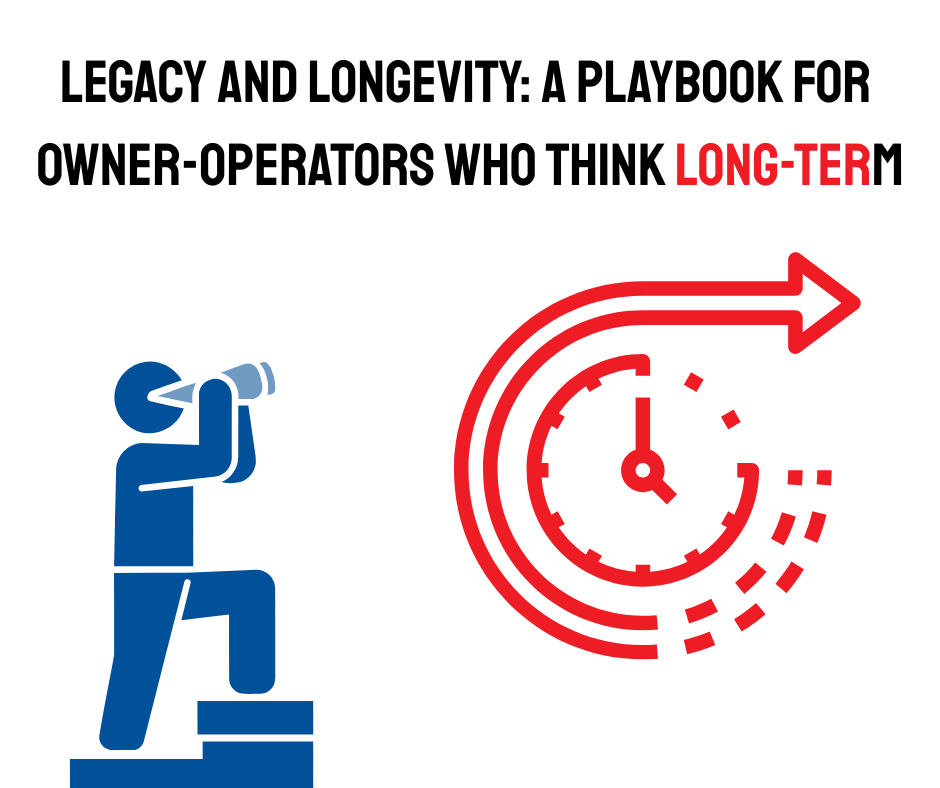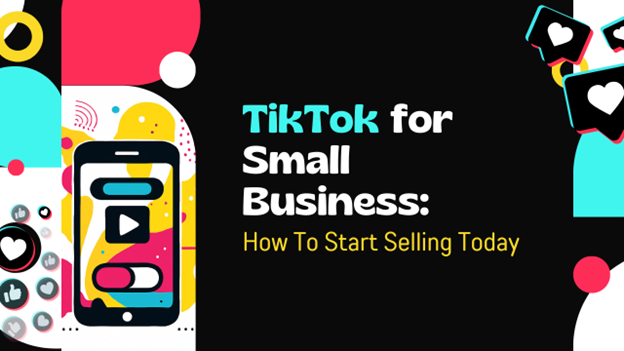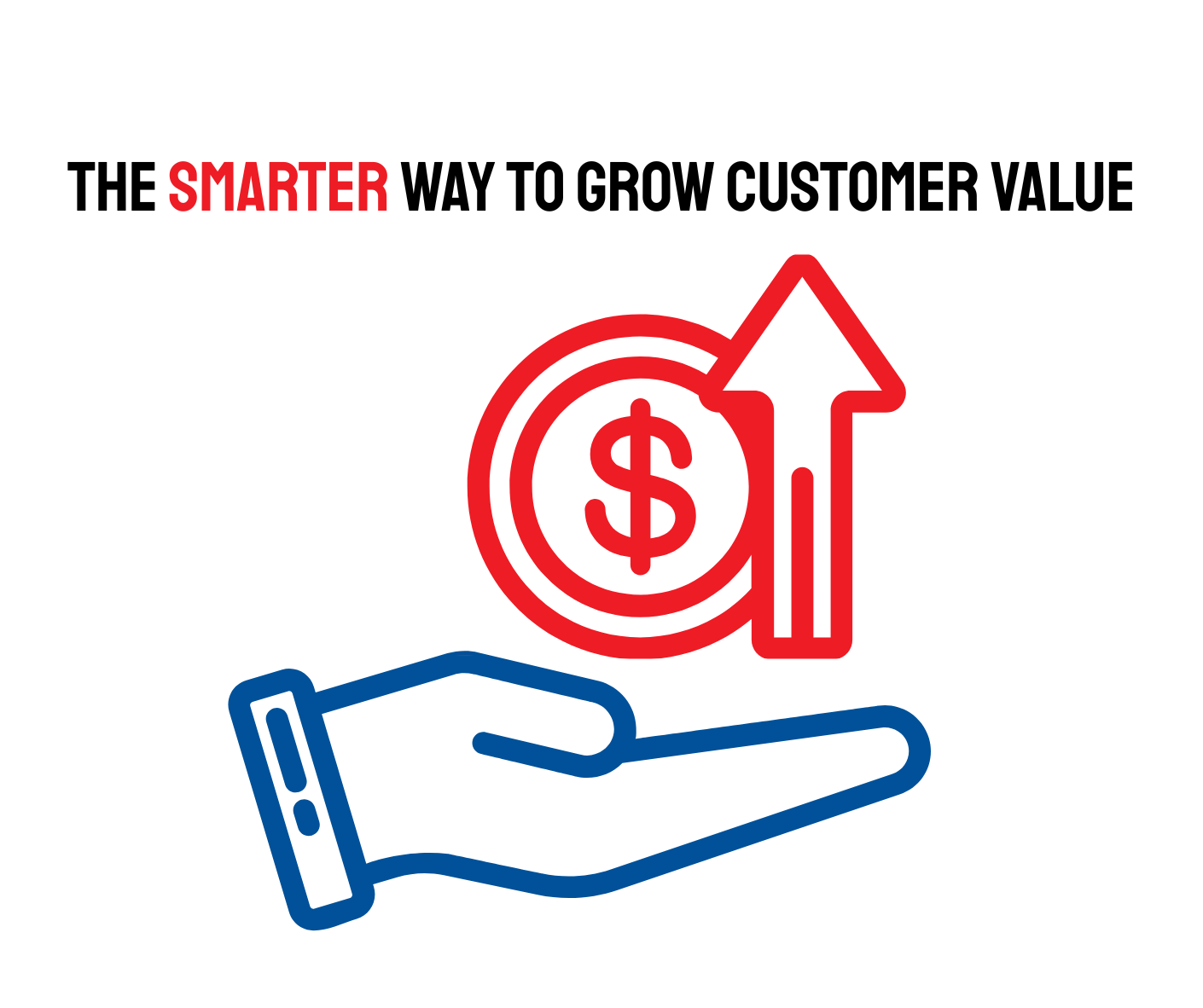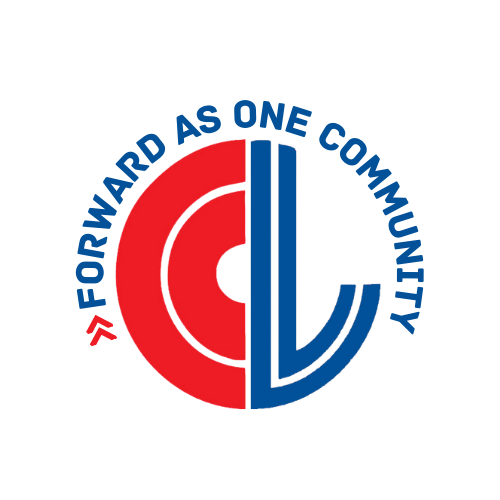25 Tips to Increase Foot Traffic for Your Business
You have a great business. You offer items/services everyone needs, yet you’re struggling to get people in the door. What can you do?
You need traffic to increase sales, whether that’s online or in-person. If your business is struggling to bring in customers, you know that has to change if you’re going to survive. While there are many ways to improve your online traffic (search engine optimization, user experience, etc.), your physical business’ traffic is all about location.
But before you go and pack up your stuff to find a better location, let’s go over a few things you can do to increase your daily visitors.
The Right Foot
Foot traffic is great, but a bunch of Looky Lous aren’t going to pay your bills. You need to attract the RIGHT kind of potential customers. For instance, if you own a bakery that makes the most delicious dog treats ever, a parent looking for a Paw Patrol Birthday cake is not your ideal customer (unless they have a dog celebrating too).
Before you read the rest of these steps to help you increase foot traffic, you need to be sure of your ideal audience, their needs, and their challenges. Use that information to shape how you use the tips below.
25 Tips to Increase Foot Traffic for Your Business
Show Don’t Tell
Most businesses tell audiences what they do or offer. That doesn’t inspire action. It sounds good, but it won’t get someone who’s seated on their couch at home motivated enough to stop in. You need to show them why they need your product or service.
I don’t mean “show” in the literal sense (although images and video are great marketing tools). To motivate people to take action, you need to paint the picture of how your product/service gives them something they need or want.
You can do this through words and/or images. For instance, instead of saying, “We have the best bread in town,” (that’s nice, but I’m not leaving my home for that), say “our bread will make all the other kids at lunch jealous and we’re so sure of this, we want you to stop by for a free sample between 10-2 (nothing beats bread fresh out of the oven). Start winning the cafeteria lunch wars.” In that example, you’re playing on a fear of missing out and parental pride in packing the best lunch. Plus, you’re bringing them in with the offer of a delicious free sample.
Which brings us to the obvious…
Offer Something Delicious
Even if you don’t sell food, offering a free sample is a great way to bring in a crowd; just check out Costco on the weekends during their sample days. If you don’t sell food, you may wonder how offering a free sample of something you don’t sell will work. Give away something that fits with what you sell. For instance, if you have a bookstore, cook up a recipe from one of your cookbooks (hopefully a recipe you can make in-store in a crockpot so the delicious aroma permeates your place). A pet store might give out free pet treats. If you sell furniture (with a fabric care product), offer a messy treat and invite people to sit on your couch. Then show them how easy it is to clean.
Talk to the Chamber
Your local chamber probably receives a lot of visitors. Let the chamber know you want to increase foot traffic to your business. They may be able to send you referrals. Perhaps they have an event coming up that could help you increase visits. Make sure you tell them the type of audience you want to attract.
Here are a few additional ideas to increase your foot traffic:
1. Improve your curb appeal.
2. Ensure your storefront is spotless, windows are sparkling, and any outdoor signage is in top condition.
3. Create interesting window displays that change regularly to draw people in. Use bright colors and unique props. Highlight your bestsellers or new arrivals.
4. Use a sidewalk sign with a clear and enticing message, daily specials, or promotions.
5. Bring your store outside. During good weather (and assuming your city allows it), bring a few items outside to catch the attention of people walking by.
6. Make sure your store is well-lit inside and out, especially in the evenings. You don’t want to lose possible customers because they think you’re closed.
7. Team up for joint promotions. Cross-promote each other on social media or host a small "block party" event.
8. Offer a free class or demonstration (if your products lend themselves to it), such as a quick tutorial or a hands-on/making class.
9. Participate in farmers' markets, craft fairs, or community festivals.
10. Complete your Google Business Profile ensuring it is up to date with accurate hours, photos, and contact information. Encourage customers to leave reviews!
11. Run simple contests or giveaways on social media to increase engagement and attract new followers.
12. Offer free Wi-Fi to encourage people to linger in your store (or perhaps work there).
13. Play appropriate music to set the mood.
14. Use a subtle, pleasant scent to enhance the ambiance. Avoid anything too perfumy.
15. Ensure your store is easy to navigate and products are well-organized. Clutter and crowded aisles are not inviting.
16. Acknowledge each person who enters your store with a friendly greeting.
17. Offer assistance without being pushy.
18. Ensure your staff is knowledgeable, friendly, and provides excellent customer service.
19. Set up a comfortable seating area to encourage people to stay longer and browse.
20. Provide a charging station. It’s a welcome bonus, especially for visitors.
21. Offer water, coffee, or tea to make customers more comfortable.
22. Add an Instagrammable item. Some people lead an Insta life, and they want to show their followers all the interesting things they’re doing and places they’re exploring. Create cool photo backdrops in your business to become a stop for them.
By implementing these ideas, you can create a more inviting and engaging shopping experience that encourages people to visit and return to your store. It might even prevent you from having to scout out a new location.
---------
Christina Metcalf is a writer and speaker who believes in the power of story. She works with small businesses, chambers of commerce, and business professionals who want to make an impression and grow a loyal customer/member base. She is also the author of the nonfiction book The Glinda Principle about rediscovering the magic within.
_______________________________________
Medium: @christinametcalf
Facebook: @tellyourstorygetemtalking
Instagram: @christinametcalfauthor
LinkedIn: @christinagsmith




